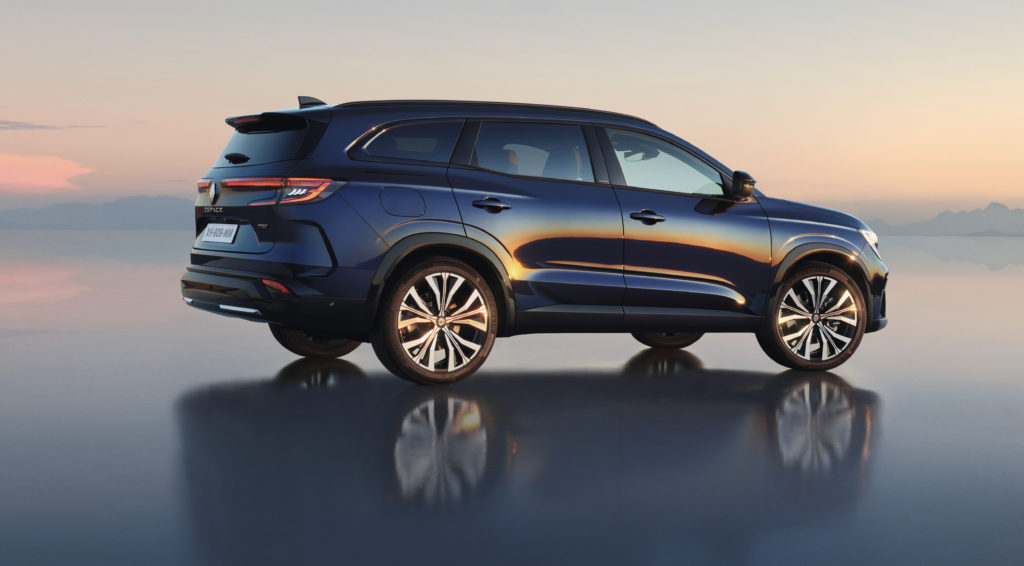
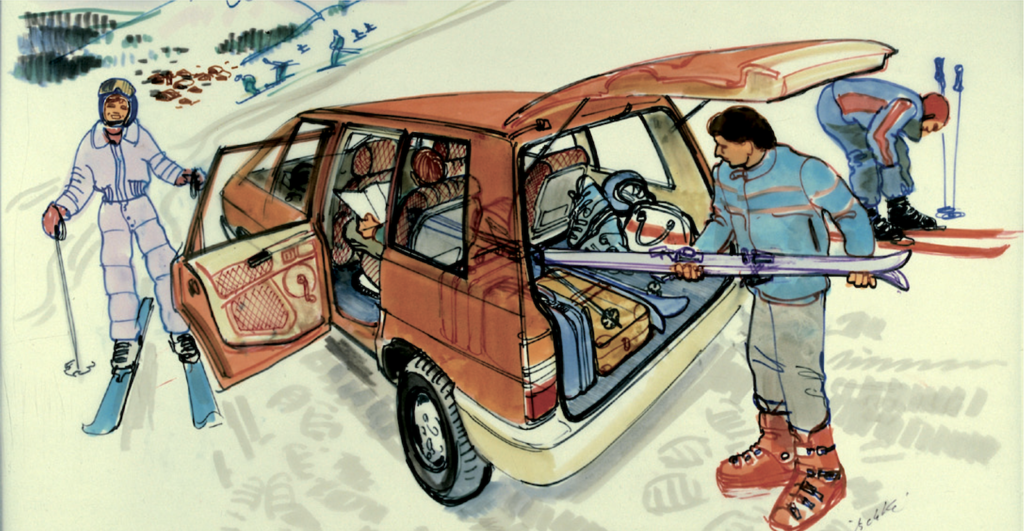
Let’s take advantage of the arrival of the new generation of the Espace (an extended seven-seater Austral) to look back at this legend of the family MPV. Here are four highlights of the life of this unique vehicle.
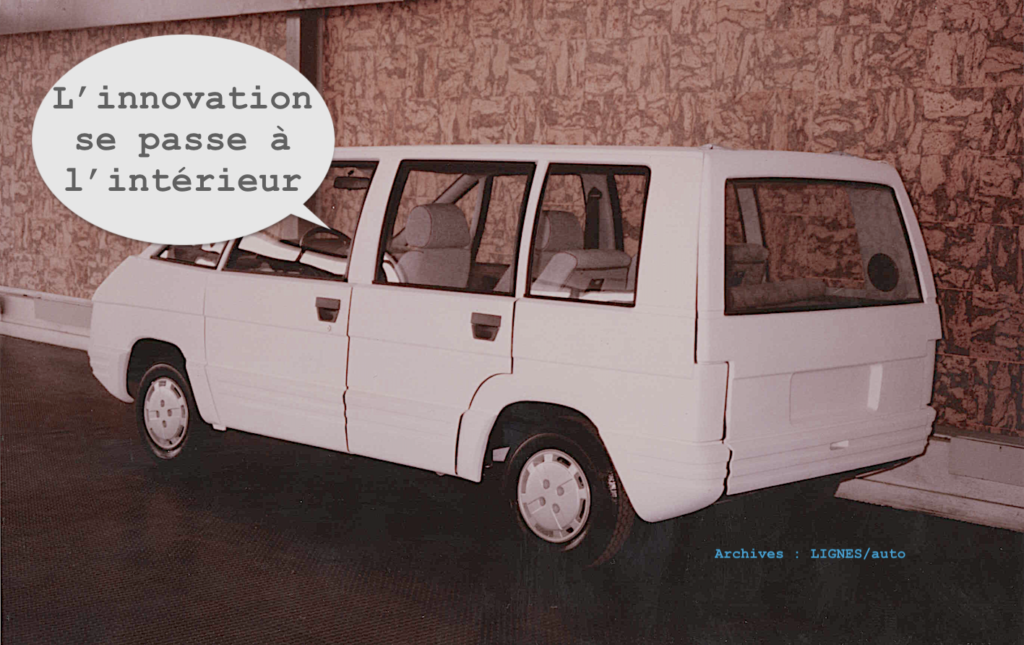
History 1
Evolution of style, from Matra to Renault
This story takes place almost at the end of the development of the first generation Espace project. After presenting its concept to Peugeot, which rejected it, Matra changed the technical architecture by abandoning the transverse engine of the original Talbot Simca, for a longitudinally implanted engine. This engine was borrowed from Renault’s organ bank, as the latter had shown interest in the product.
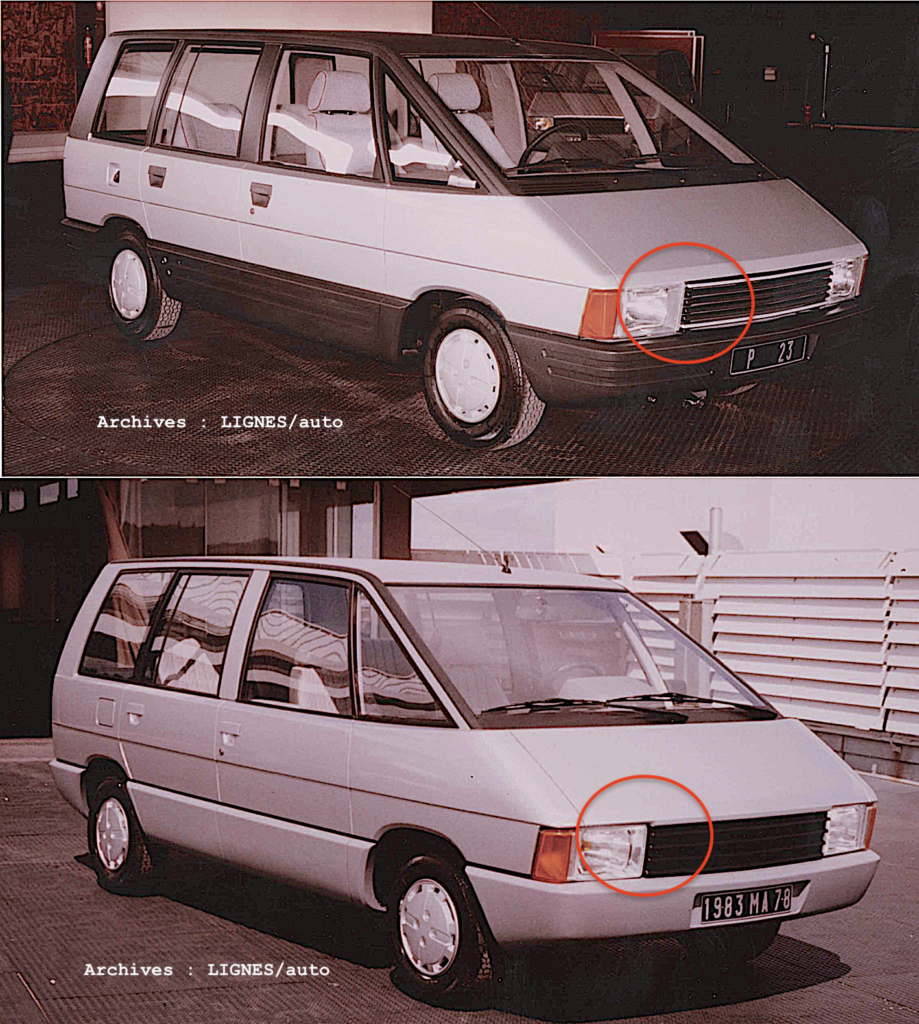
The P23 model that results from these profound changes is therefore the last one signed by Matra to receive – at last! – the manufacturer’s approval. However, the Renault styling team, led by Jacques Nocher, brought the house touch by balancing certain lines and details, and by propelling the car into the rather upmarket world. In particular by proposing a 2.0 litre engine, which the first studies on the Simca base refused to do.

Here for the first time are the two models placed face to face to better apprehend the evolution of details. Where the devil lies… The work was carried out in April 1983 under the name “Van Matra-Renault”.
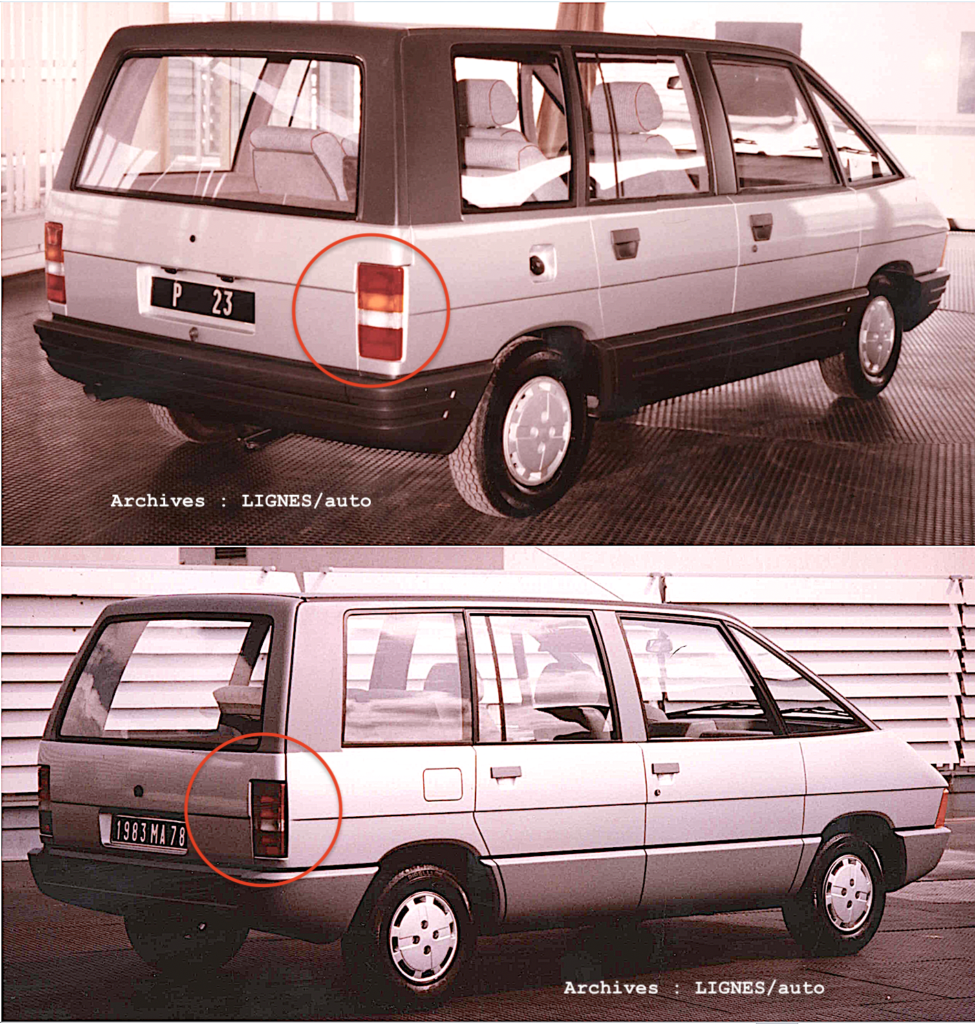
Story 2
The model that changed everything
The strength of the Espace is its interior modularity, which Matra had not developed for the Peugeot proposal, nor for the one originally proposed to Renault. And for good reason, the first prototypes included a rear bench seat… Like the Espace of 2023! The Matra project arrived at Renault and borrowed the work done on the VVA (Véhicule Vert Alpine) programme in 1979, which was then transformed into a VGR (Véhicule Grande Randonnée) in 1980 before being abandoned.
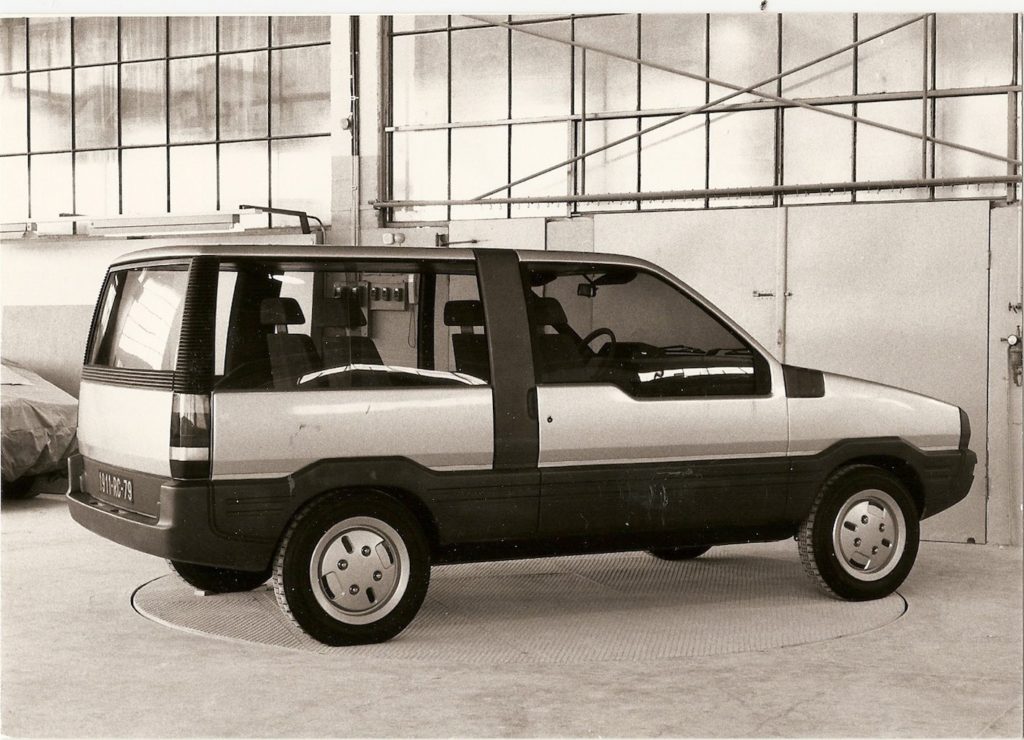
In the programme for the Alpine developed by Berex with the designer Yves Legal, the architects had imagined an “Alpine Ambulance” (yes, yes…)
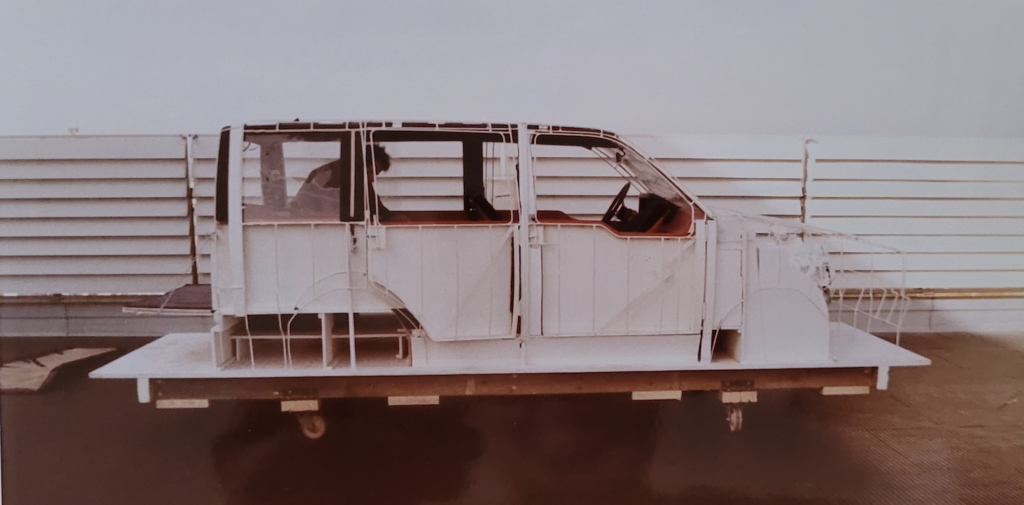
Renault has rethought this “pin-pon-pin” concept to offer independent seats in the Espace. A concept also inaugurated in the 1970s by the VBG programme (see this site). The latter offered the Espace these front seats that turn around to converse with the rear occupants.
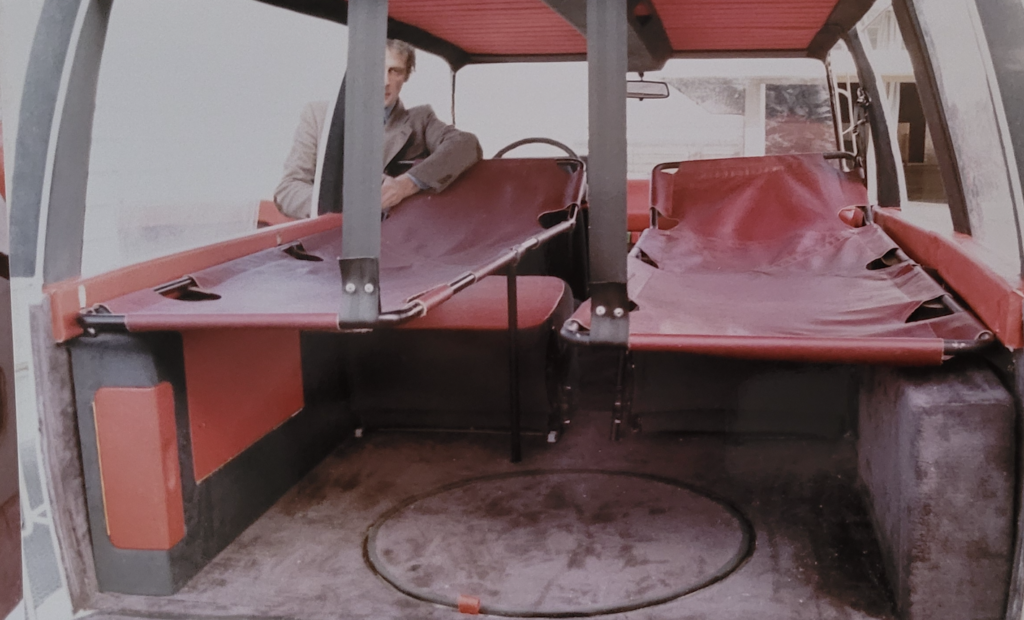
Innovations originally designed for the lower end of the market are now found at the top end. Nothing is lost. You just have to pick a few innovations off the shelf and take care to dust them off.
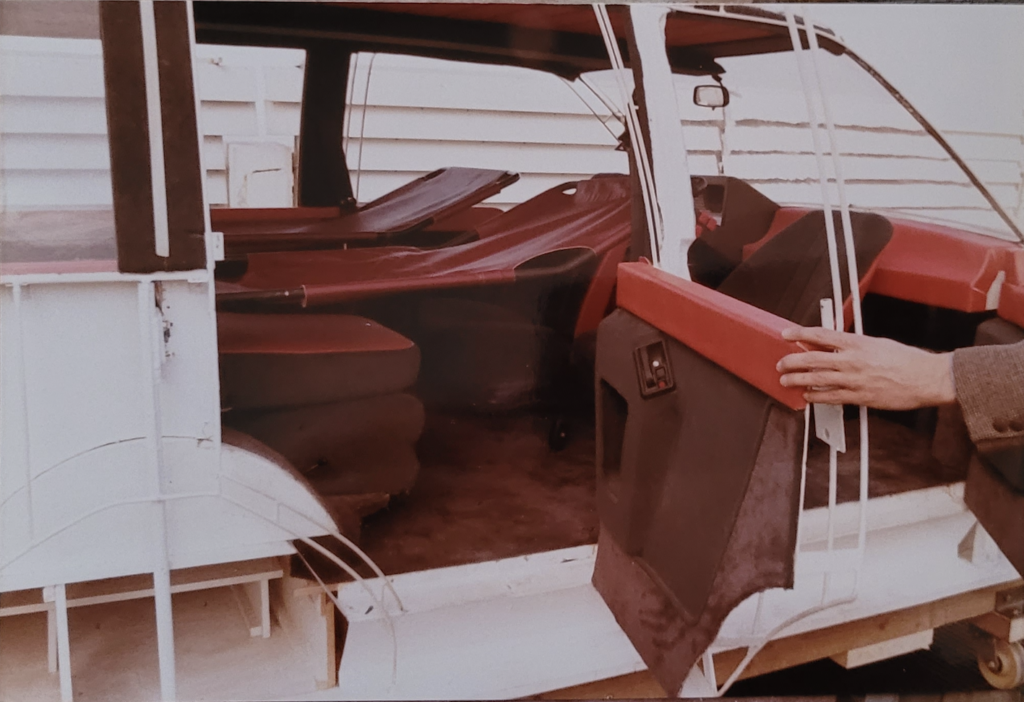
Story 3
From sheet metal, to Matra’s dismay
Louis Schweitzer, Renault’s boss at the time, was to change the history of the Espace with the fourth generation of the genre. This new generation would no longer be manufactured in composite materials at Matra, but in sheet metal, and produced at Renault. The agreement sealed between the two companies takes into account a “coupé Espace” derivative whose production will return to Matra. This is the future Avantime (below).
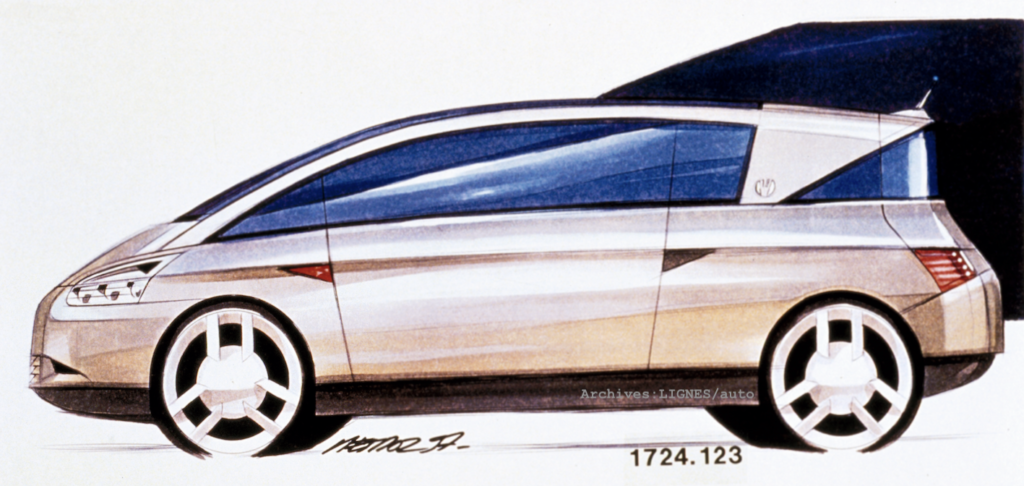
Unfortunately, the latter suffered from industrialization problems, particularly with its double kinematics doors. We know what happened next, with production volumes well below objectives. Added to this was the incomprehension with the almost simultaneous release of the Avantime and the Vel Satis saloon. It is interesting to note that for the 1996 Scénic, Louis Schweitzer had abandoned the idea of producing this new vehicle in composite materials in favour of sheet metal, with the heavy investments that went with it. Success proved the boss right at the time. History did not repeat itself with the sheet metal Espace…
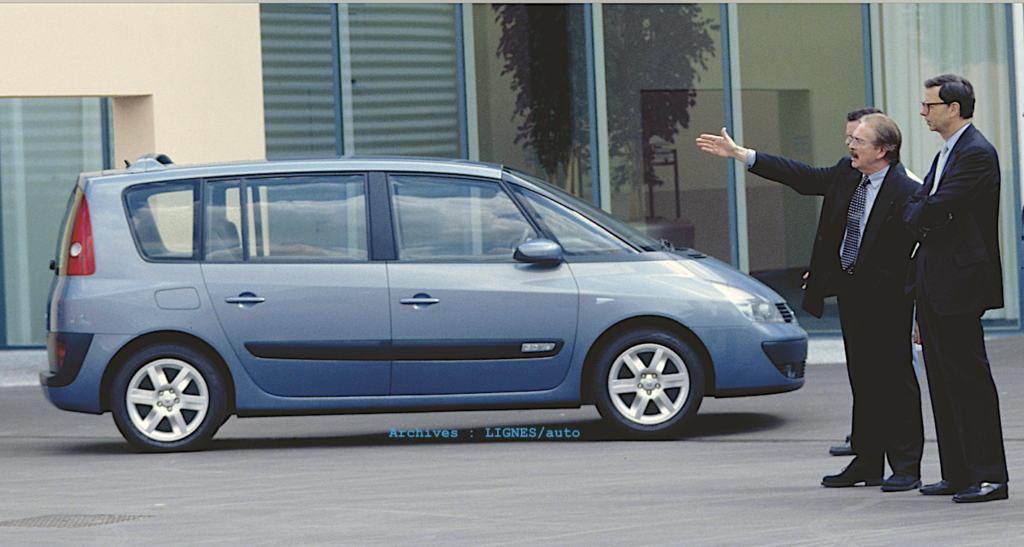
Story 4
The avant-garde Espace coupe
For three years, from 2014 to 2017, a unit called “special projects” will be created by Laurens van den Acker with the ambition of creating a link between the know-how of Renault Design and the company’s decision-makers. It should be a force for internal proposals and the projects that will be carried out behind the walls of this entity have no vocation to compete with concept cars. The “special projects” created with small teams, a sort of commando, must propose silhouettes or vehicles which could complete the range.
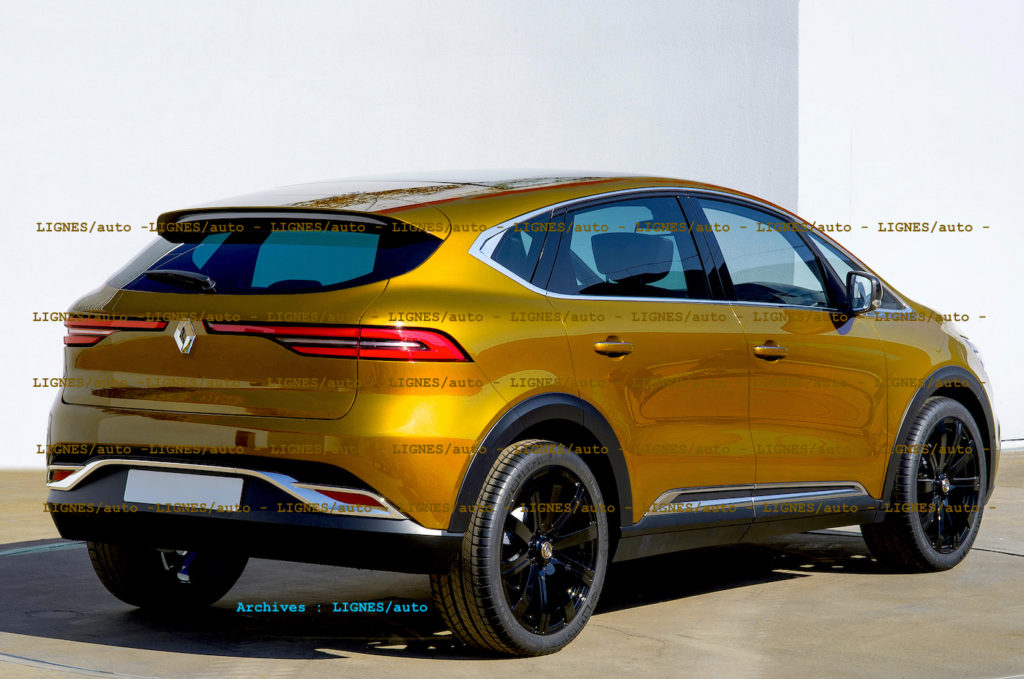
At the time, Volkswagen or even Mercedes were the envy of the world with their range of silhouettes. Thus, sporty station wagons based on the Mégane and Talisman, a Talisman Shooting Brake silhouette (below) or an Espace coupé (above) are produced in 1/1 scale in very short timeframes. One of the strengths of this unit is that it does not use clay models, as the projects are managed entirely digitally.
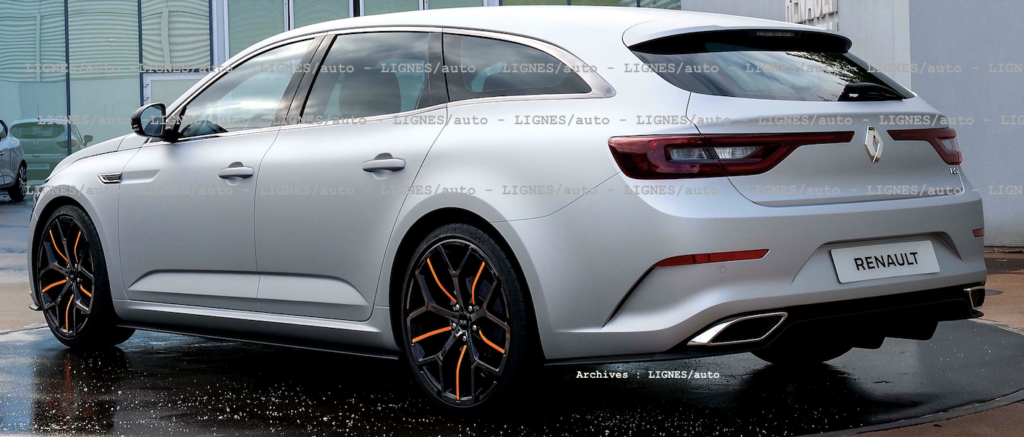
From 2014 to 2017, the “special projects” were revealed during large presentations to the management and also to the managers of all the regions of the world, to convince and try to include these new silhouettes in the product plan. But after all the bosses that Laurens van den Acker has worked with in only a decade (Patrick Pélata until 2011, Carlos Tavares until 2013, Jérôme Stoll until 2018), Thierry Bolloré, then n°2 of Renault, did not follow up these internal projects. The Espace coupé missed the boat…
READ “The new Esapce erases Carlos Ghosn’s strategic mistake. Without audacity” here: http://lignesauto.fr/?p=28247
